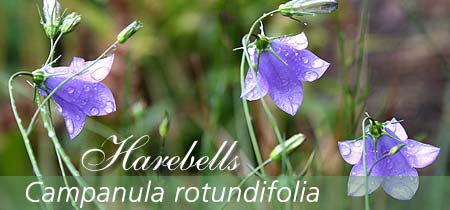Gaston Tessier

Container gardening is presently the fastest growing sector of the gardening world. With decreasing time and space available to many homeowners, container gardening can allow the enjoyment of colourful flowers and foliage throughout the growing season even in the smallest of spaces.
Here are some steps to help you create a successful container garden:
- Choose your containers. Anything that will hold soil and can withstand regular watering will do. Yard sales and thrift shops can provide interesting candidates with vintage appeal that will look great filled with plants. However, since drainage is the container’s most important feature, make sure that it has at least one or more drainage holes.
- Get ready for filling. If using large pots, it is recommended to fill the bottom half with filling material such as overturned plastic containers, plastic milk and juice cartons or empty soda cans to economize on soil. It will also make the containers much lighter if they need to be moved.
- Add soil. The fine texture of field soil, though great for gardens, doesn’t provide adequate aeration or permit proper drainage in shallow pots and containers. For containers, a soilless mix of various organic and inorganic materials is recommended. An ideal combination contains 40% peat moss, 20% pine bark, 20% sand and 20% perlite or vermiculite.
- Choose your plants. When choosing plants for a particular container, select varieties that share the same growing needs such as soil type, light preference, watering and fertilizing requirement, yet have different growth habits and bloom time.
- Create interesting combinations. Placing plants of different colours, textures and leaf size in a grouping at the garden centre will allow you to decide which combinations look good together and produce the desired effects even before buying.
- Add the plants. Plant the tallest plant in the middle, followed by the medium height fillers around it. Add the spillers along the edge of the container. The plants must be planted so they sit at the same level at which they grew in the nursery pots. To create an eye-catching container, set the plants as close as you can.
- Water regularly. Water is extremely critical to a container's survival. Weather, pot material, size, and placement determine how often watering is required. Water once a day during hot, dry weather and every other day during cooler periods. Diligently check soil moisture by poking a finger in the soil. If it feels dry, water until it runs out of the bottom of the pot.
- Fertilize. Even if continuous-release fertilizer was added at the time of planting or was already in the soilless mix, daily watering quickly depletes these nutrients. Add water-soluble fertilizers on a weekly basis to ensure constant bloom and vigor.
- End of season care. Perennials make a great addition to any container as they are actually easier to care for than annuals, requiring less deadheading, and look their best at the end of the summer when annuals show signs of wear and tear. However, they must be planted in the ground or brought inside to survive the winter.
- Prepare for overwintering. Before bringing container plants in for wintering in the house, give them a forceful shower with a garden hose to chase off any insects and their eggs that might be hiding in the foliage.
Banner photo: Blaneyphoto/istockphoto.
